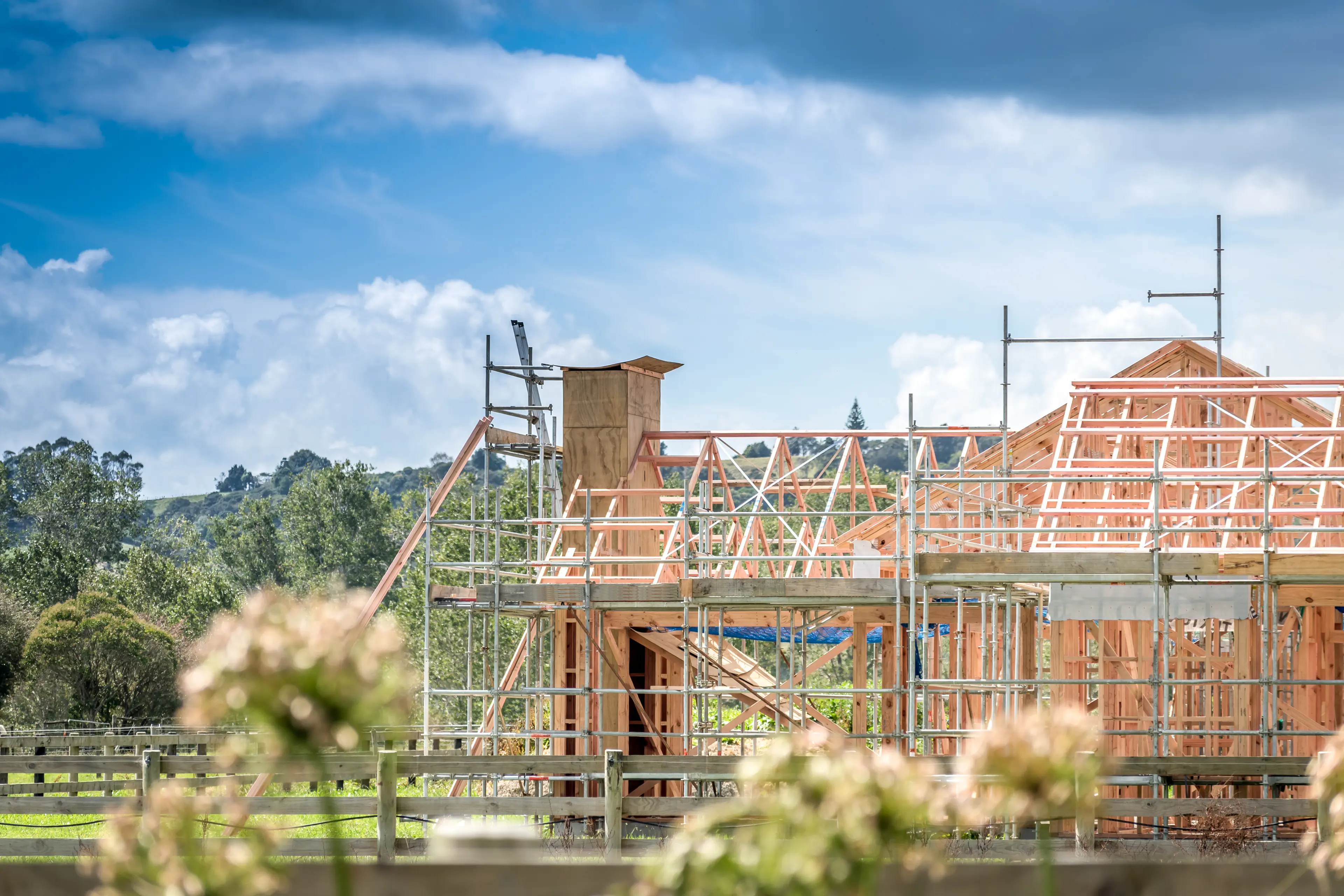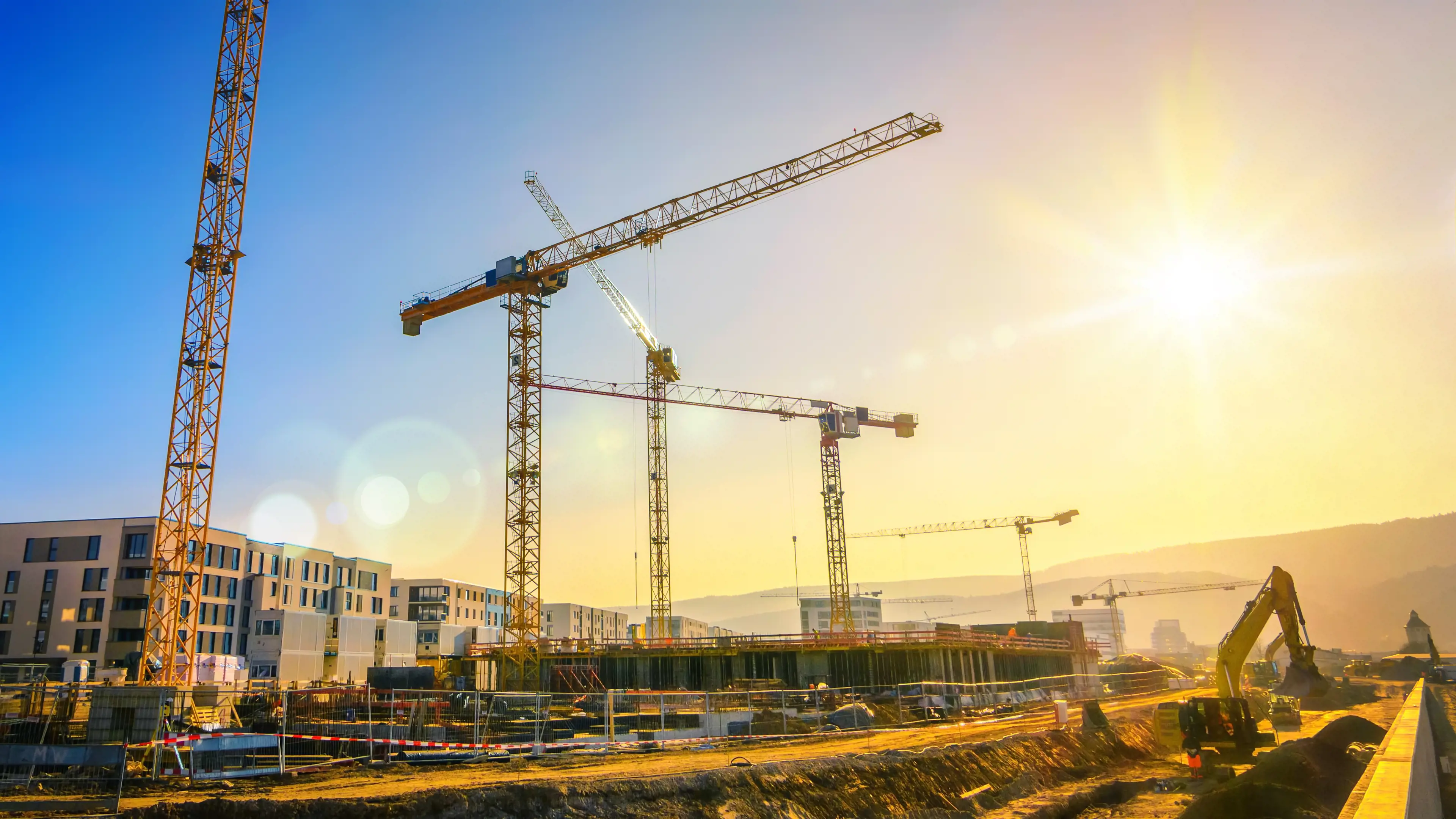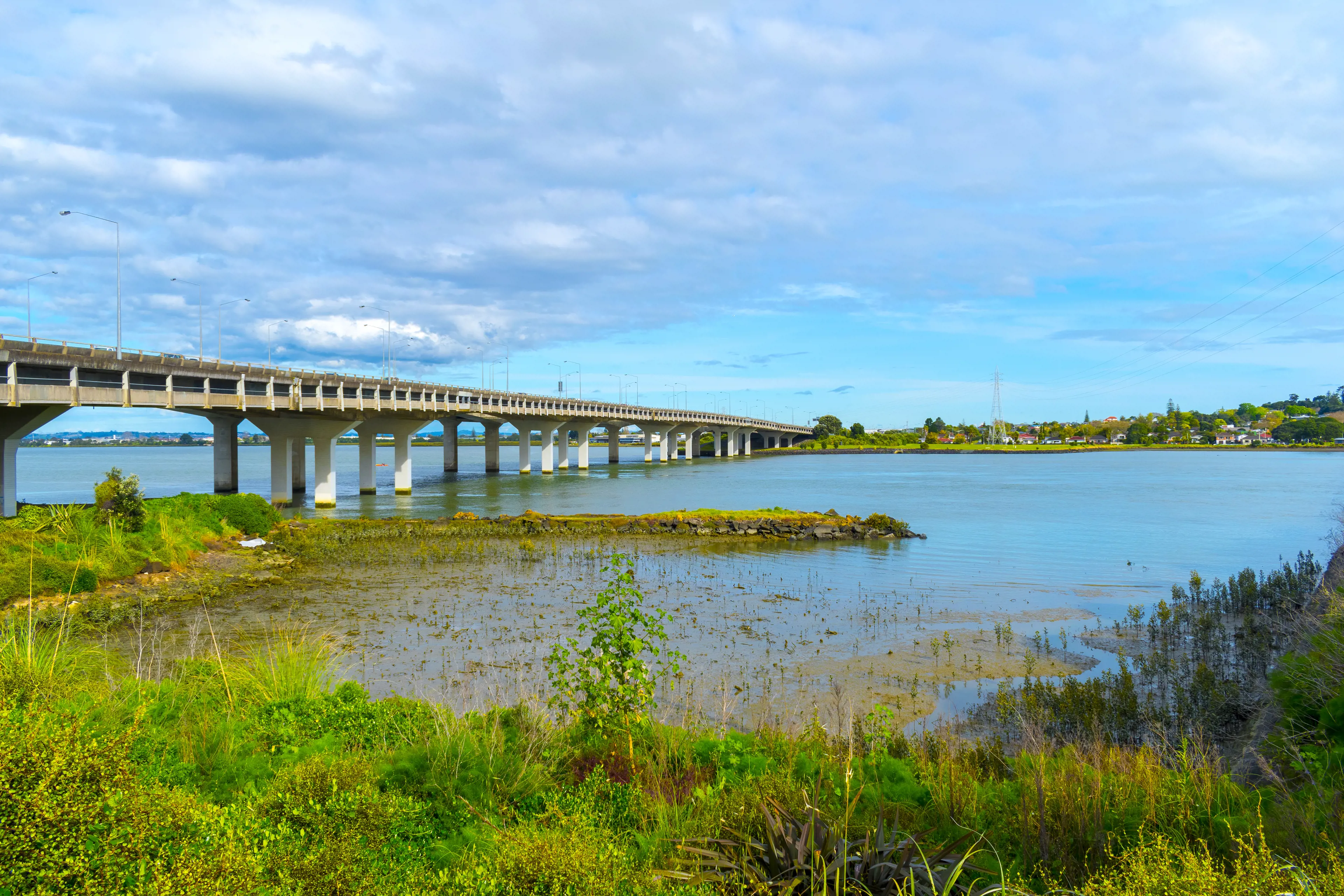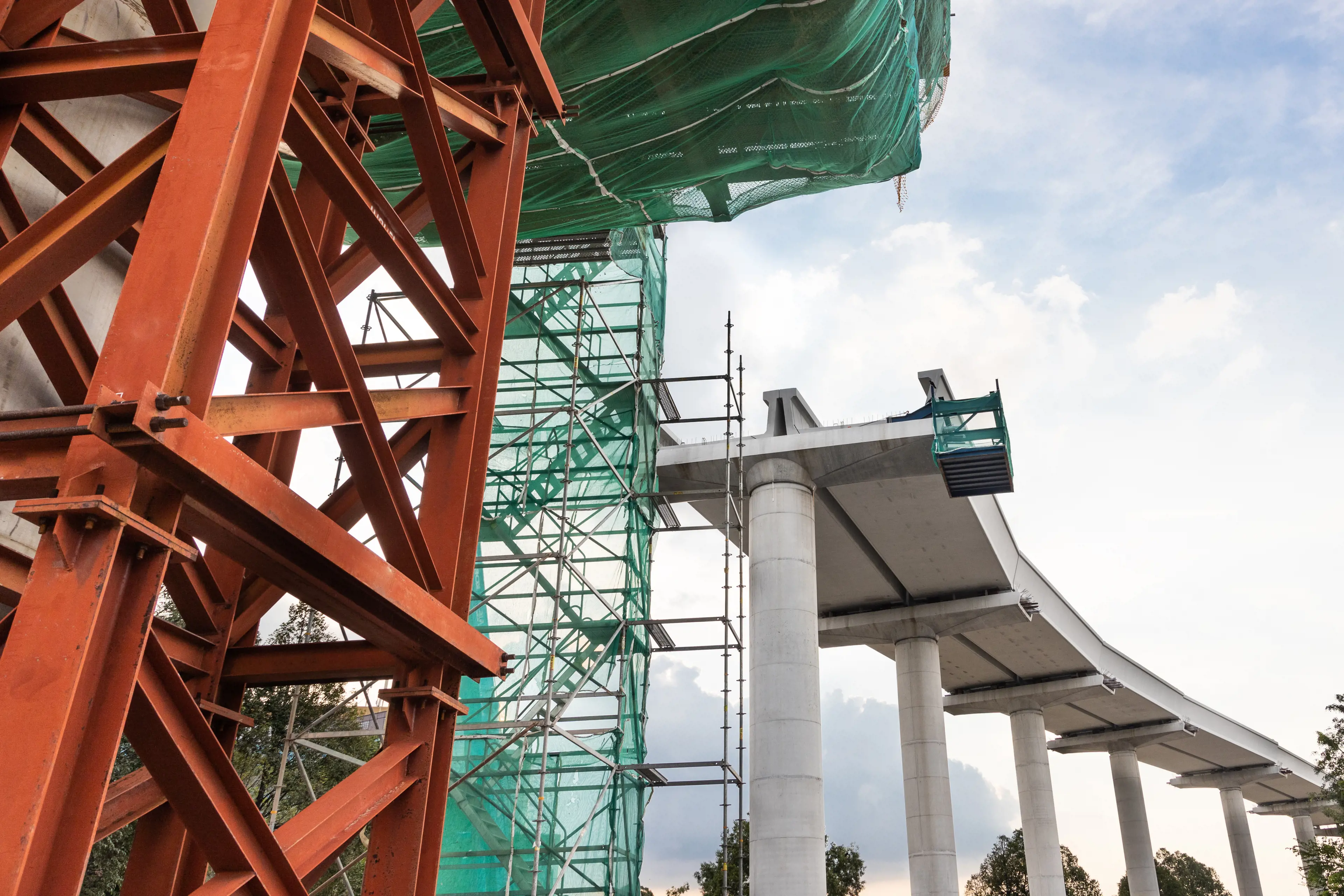2/02/2023·3 mins to read
And we’re off! Process for RMA reform announced and underway

The process of repealing and replacing the RMA with three new laws is officially underway. Wednesday’s announcement signals that the Bills should be introduced to Parliament by the end of this year. A priority for the Government is ensuring that the Natural and Built Environments Act progresses without delay, given its significance as the effective replacement of the current RMA.
In this FYI we cover key topics from the announcement, focusing in particular on issues of timing and process.
Key announcements
As previously signalled, the Government’s announcement confirmed that the reform will be based on the recommendations set out in the Randerson Report.
As a quick recap, the Randerson Report recommended replacing the RMA with three new pieces of legislation:
- Natural and Built Environments Act (NBEA): This will be the core piece of legislation, and its purpose is to enhance the quality of the environment to support the wellbeing of present and future generations.
- Strategic Planning Act (SPA): This Act will provide a strategic and long-term approach to how we plan for using land and the coastal marine area.
- Managed Retreat and Climate Change Adaptation Act (CCA): This will support New Zealand’s response to the effects of climate change, and will be managed by the Minister for Climate Change.
How the reform will progress
In view of the scale and pace of reform, a Ministerial Oversight Group will be delegated decision-making authority to work through the policy details for the Bills. The NBEA will progress first, and a special bespoke process will be put in place to advance it. An exposure draft that includes the important elements of the Bill will be released, alongside consultation material that provides an overview of the proposed system, and poses questions for feedback. This draft will be referred to a special select committee inquiry, prior to the Bill being formally introduced to Parliament.
The SPA and CAA will not undergo the exposure draft process, but are expected to be developed in parallel within a similar timeframe as the NBEA.
The planned timeline is as follows:
- Now: Policy decisions and consultation material produced until April 2021. Limited direct consultation and engagement with stakeholders will take place.
- May 2021: Cabinet to agree on a final exposure draft of the Natural and Built Environment Bill, present it to the House, who will then refer it to a special select committee inquiry.
- June to September 2021: The special select committee inquiry will consider the exposure draft. This is where the bulk of consultation and engagement will occur.
- December 2021: The three Bills will be introduced to Parliament. They will be subject to a standard legislative and Select Committee process.
- December 2022: All three pieces of legislation are planned to pass by the end of 2022.
The exposure draft will contain the main structure and headings of the full NBEA, with certain aspects fully drafted to reflect policy decisions made by Cabinet and subsequent delegated decisions. Interestingly, “details such as consenting processes, designations, proposals of national significance, Environment Court workings, water conservation, allocation methods, compliance, monitoring and enforcement and transitional arrangements will continue to be developed in parallel to the select committee inquiry”, meaning these contentious parts may not be included in the exposure draft, but will still form part of the legislation.
Passing the three new Acts will only be part of the journey to a new environmental management system. Appropriately, there is considerable emphasis in the Cabinet paper on the longer term and transitional issues once the new laws are passed. It warns that it is likely to take a number of years to embed the new system, and the transitional arrangements are likely to be detailed and complex. The Government announcement suggest that councils need to continue to implement relevant national direction under the RMA in the meantime.
How can you engage?
The primary method of engagement for stakeholders and the general public going forward will be through the select committee processes.
The Government recognises that continued engagement with local government and Māori entities will be crucial to ensuring a workable and enduring new system. The Government have acknowledged that “local government has crucial expertise relevant to reform and will be partners in implementing the new system”.
A group of local government Chief Executives is already working with central government on the reforms, and MfE will continue engagement with local government and Local Government New Zealand (LGNZ). The Government is also working with a collective of pan Māori entities on key elements of the NBEA, including strengthened recognition of tikanga Māori and Te Tiriti o Waitangi.
Beyond this, opportunities for formal engagement will be limited and focused. If you want to get involved, our recommendations are to:
- proactively seek involvement, and consider collaboration with like-minded entities to maximise your opportunities;
- participate in the special select committee inquiry and select committee processes. The first opportunity will likely arise in the middle of 2021, when the exposure draft of the Natural and Built Environments Bill will be considered by the special select committee inquiry. More information will be provided closer to the time.
For further information, or assistance with getting involved, please get in touch with our contacts.








